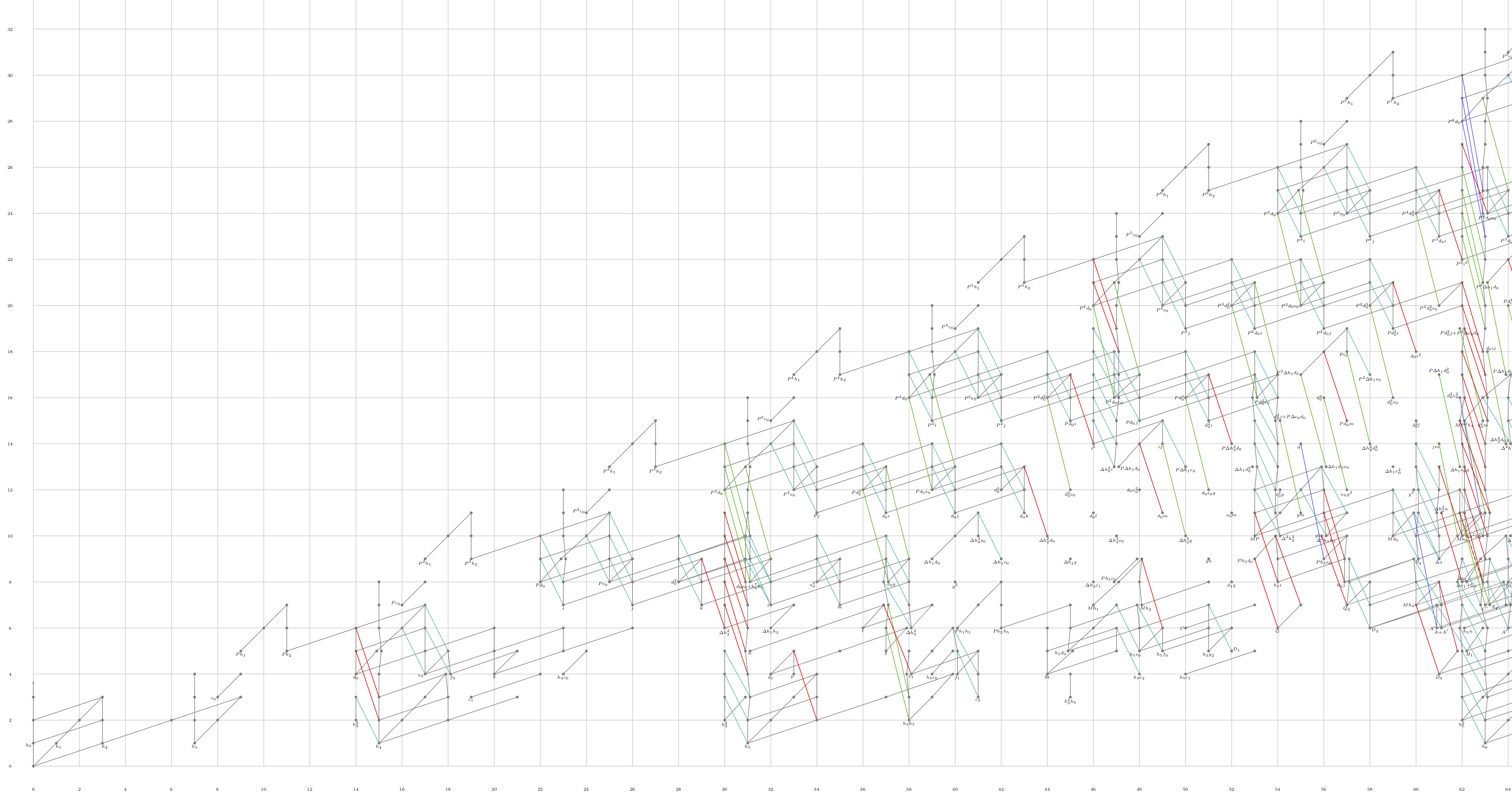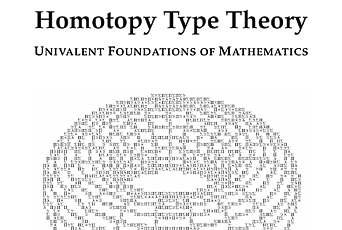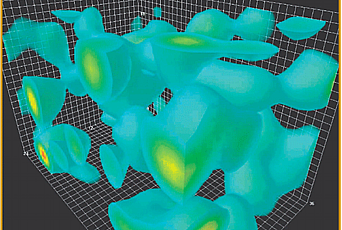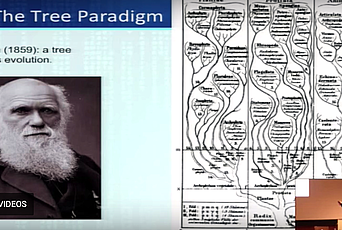In 2020–21, Allen Yuan, Visitor in the School of Mathematics and a recent graduate from MIT, is studying problems in homotopy theory and algebraic topology.
How do you describe your work to friends and family?
I like to give a simple-sounding fact that turns out to be justifiable with algebraic topology: for instance, “if I throw a map of the United States on the ground, then one point on the map will land exactly on the place it represents.” If you think about trying to explain this, there’s something tantalizing and fundamental, yet flexible and hard to put your finger on about it. I think this kind of feeling captures what my work is like.
What question within your field do you most want to answer and why?
Algebraic topology aims to study spaces—things such as donuts and spheres of various dimensions, up to continuous deformation—by attaching algebraic invariants to them. A foundational idea in the field, due to Quillen, is that if one works over the field of rational numbers, these spaces can be modeled by algebraic structures known as Lie algebras. Recently, these ideas have been generalized by Gijs Heuts to work over a certain sequence of “generalized fields,” known as Morava K-theories, which “fill the gap” between the rational numbers and the integers.
I’m excited about this question because it could answer a fundamental question in algebraic topology (“what is a space, algebraically?”) in a way which is both conceptually satisfying and computationally tractable.
In some sense, these Lie algebra models over Morava K-theories are the pieces of a puzzle that should assemble into a complete picture of a space, but the question of how these puzzle pieces fit together remains a mystery. I’m excited about this question because it could answer a fundamental question in algebraic topology (“what is a space, algebraically?”) in a way which is both conceptually satisfying and computationally tractable.
Why IAS?
Beyond its incredible and diverse faculty in mathematics, the IAS brings together an unparalleled number of mathematicians from a broad range of fields each year. I find that much of the most interesting mathematics results from interactions between different fields of math, and so it seemed to me that the IAS would be an ideal place to explore these interactions. I’m especially excited by the special year in representation theory happening at the School of Mathematics, and I think it will be an invaluable learning opportunity for me.
Can you describe a high point and/or low point in your academic career and explain how this may have influenced your work?
One high point for me was when I first learned of the question that eventually became the subject of my thesis. I had asked my advisor, Jacob Lurie, a very naive question, and he responded by telling me about a somewhat related but much more interesting question that I could think about. I remember feeling excited and enthralled by the simplicity of the problem, and spending all my time working on it, despite being constantly stuck. In the end, the fallout from this problem has shaped my research to this day, as much of the work I’ve done is either directly or indirectly motivated by it.

What is one of your interests or passions outside of academia? Has this had a bearing on your work?
Classical piano has been a serious hobby of mine since childhood. I find it to be a good complement to math, as it’s more physical and emotional in nature. I’ve so far had the fortune of always having a piano near my workplace, and I’ve found that by punctuating my math time with bits of piano practice, I can keep my brain in better shape for thinking.
Where is your favorite place to think?
Before the pandemic, you could generally find me in a library (in fact, I’m a bit easily distracted, so I usually seek out a particularly sensory-deprived nook). Nowadays, I tend to find the most clarity in the shower.
Has the pandemic added any new dimensions to your research? If so, please explain.
Much of my work in grad school was collaborative and I drew inspiration and ideas mostly from the group of people around me (which remained largely constant). I graduated near the beginning of the pandemic, and it was difficult to keep in touch as much as I would have liked; as a result, I felt my mathematical life bottoming out into an isolated, scattered, and generally unproductive mess for a while.
In retrospect, though, this unwelcome schedule-clearing wasn’t all bad—it gave me the freedom to read a few wonderful papers that I had been putting off for a couple years. It turned out that some ideas in the back of my mind gave hints toward answering some questions raised by these papers, and by the magic of Zoom, this became my next fruitful collaboration!
What is your hope for the future?
Restricting the scope of this question to math research in particular, I hope that the subject can move forward from the pandemic stronger than ever. A particular issue in some fields of math, algebraic topology included, is that there are high barriers to entry; it’s difficult to get into research if you’re not in particular places talking to particular people. During the pandemic, I’ve been heartened and excited by all the new ways of learning and interacting that are being adopted out of necessity, such as virtual seminars and conferences. My hope is that the materials produced from these can be harnessed to make mathematics more accessible in the future.



